My Favourite Painting: Robert Sandelson
'In the foreground of the new version (currently at the Saatchi Gallery), our late father’s hat can be glimpsed above a deck chair–as it turned out, he was watching his last game of cricket.'
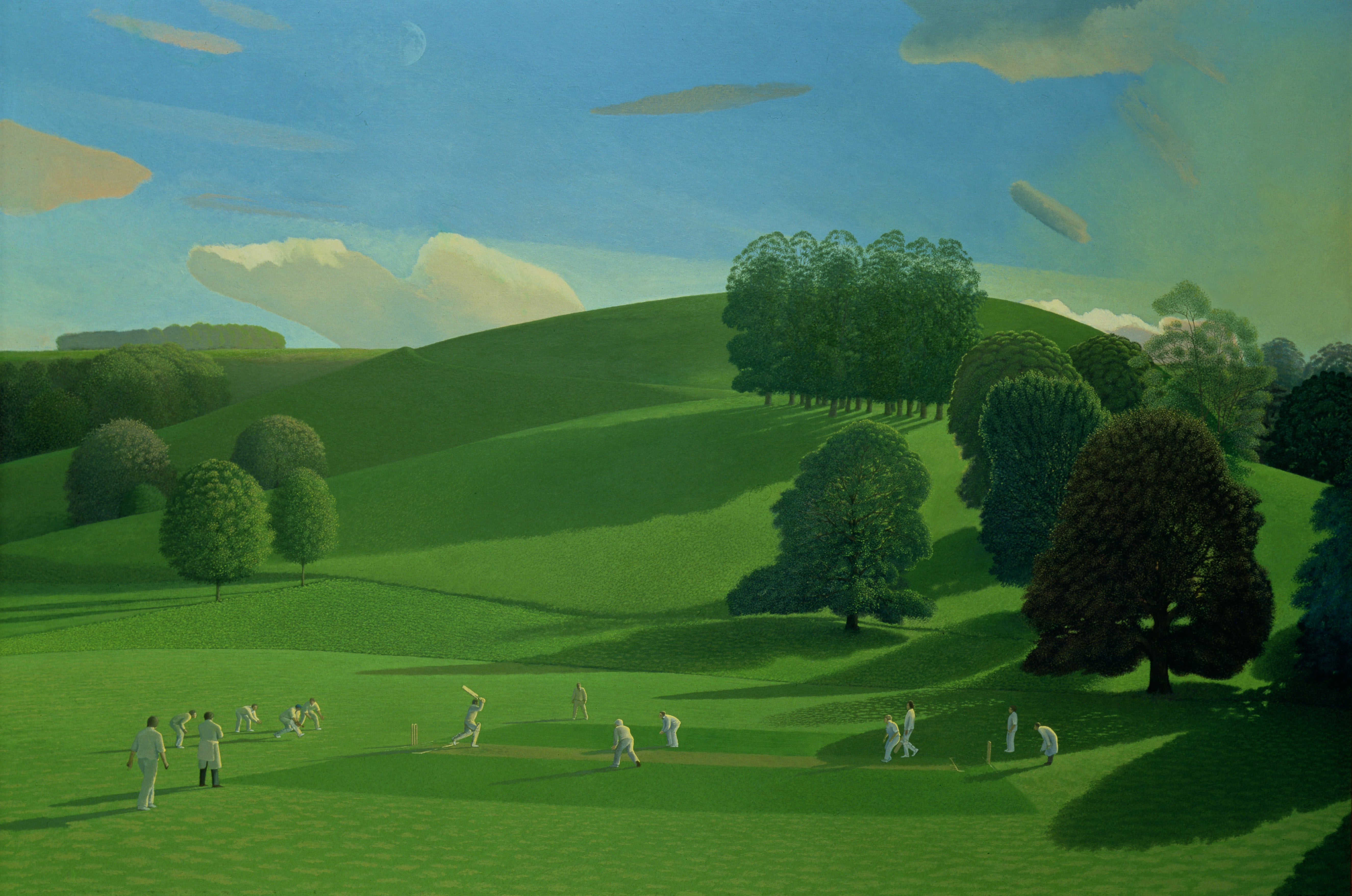

Robert Sandelson chooses The Cricket Game:
'Cricket in this country is a beautiful game; although photographs capture best the intensity of a particular moment, it takes a painting to reveal its bucolic glory.
'This one evokes the soft, early evening light and the fullness of high summer; we feel the perfection of cricket in the landscape. Decades after it was painted, my brother commissioned the artist to paint another cricket scene, this time at Worsley.
'In the foreground of the new version (currently at the Saatchi Gallery), our late father’s hat can be glimpsed above a deck chair–as it turned out, he was watching his last game of cricket.'
Robert Sandelson is director of the British Art Fair.
John McEwen on The Cricket Game:
David Inshaw grew up ‘surrounded by Nature and wonder’ near Shoreham in Kent, made famous by Samuel Palmer, ‘the first artist I was aware of’. After Beckenham School of Art came the Royal Academy Schools. He first did Pop pictures, his mature style in the English Romantic landscape tradition fostered when teaching art in Bristol.
There, he discovered Thomas Hardy, ‘a key influence because he used landscape as a metaphor for human emotions’. With the painter Alfred Stockham, Mr Inshaw would drive to Dorset, ending at Little Bredy as the sun set over the landscape and cricket pitch. He moved to Devizes, where he still lives in the Wessex country that remains his inspiration.
By 1972, he had co-founded the Broadheath Brotherhood, expanded in 1975 to eight artists, including Sir Peter Blake, and re-named the Brother-hood of Ruralists (‘ruralist’ defined as ‘someone from the city who moves to the country’). They held in common a love of Palmer, Hardy, Wessex, Elgar, cricket and the pre-Raphaelites.
Sign up for the Country Life Newsletter
Exquisite houses, the beauty of Nature, and how to get the most from your life, straight to your inbox.
‘It’s a landscape with a cricket match going on in it,’ Mr Inshaw says of this picture, which shows the Little Bredy ground. Passionate about cricket, he joined a team there, ‘so I eventually played in my own painting’. He even found his great-grandmother had come from the village.
Critic Tom Lubbock wrote: ‘There’s always been a bit of neo-Surreal haunted-ness in David Inshaw’s work, with its hard, long shadows falling across flat grass.’
‘David Inshaw: Looking Back, Looking Forward’ is at the British Art Fair, the Saatchi Gallery, London SW3 (October 3–6)
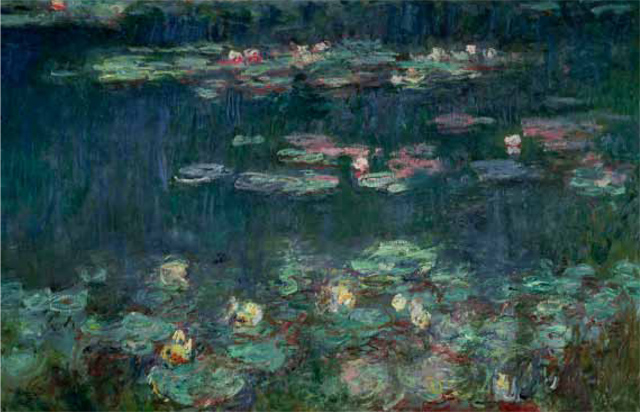
My Favourite Painting: Lulu
Lulu chooses her favourite painting for Country Life.
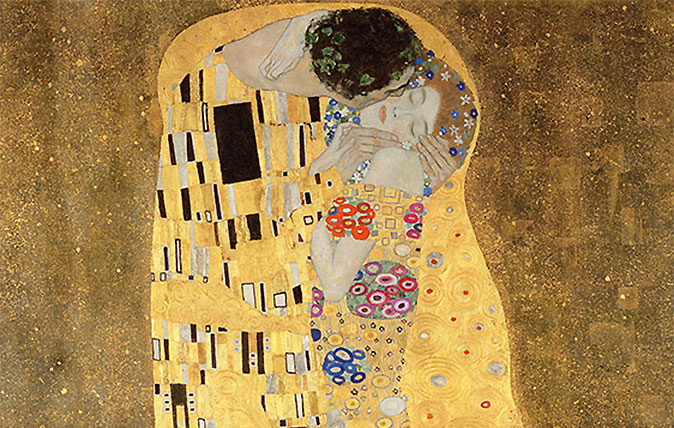
Credit: The Kiss - Gustav Klimt
My favourite painting: Danielle Steel
Danielle Steel, the world's top-selling fiction writer, admits that 'Klimt stole my heart' with this wonderful work.
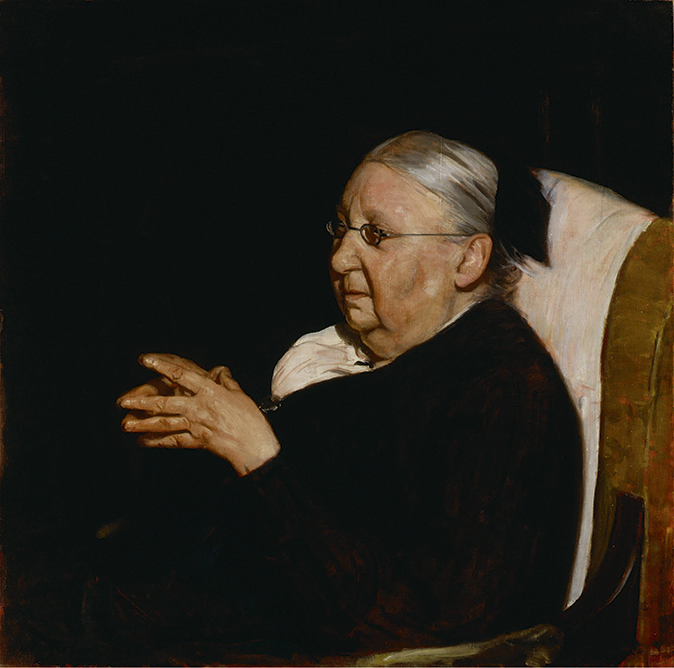
My favourite painting: Penelope Lively
'I love William Nicholson’s work. His still-lifes are incomparable.'
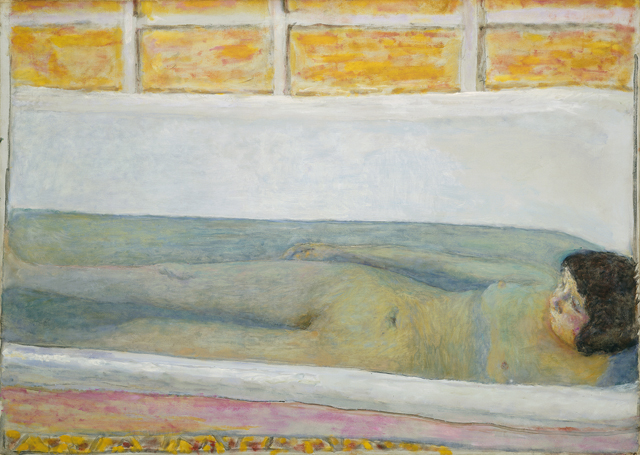
My favourite painting: Lauren Child
Lauren Child chooses her favourite painting for Country Life.
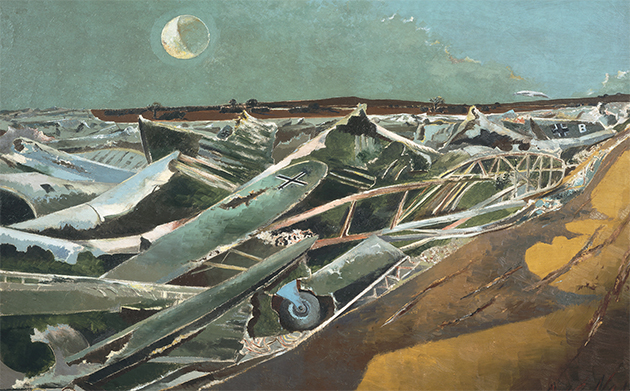
My favourite painting: Robert Macfarlane
Robert Macfarlane chooses his favourite painting for Country Life.
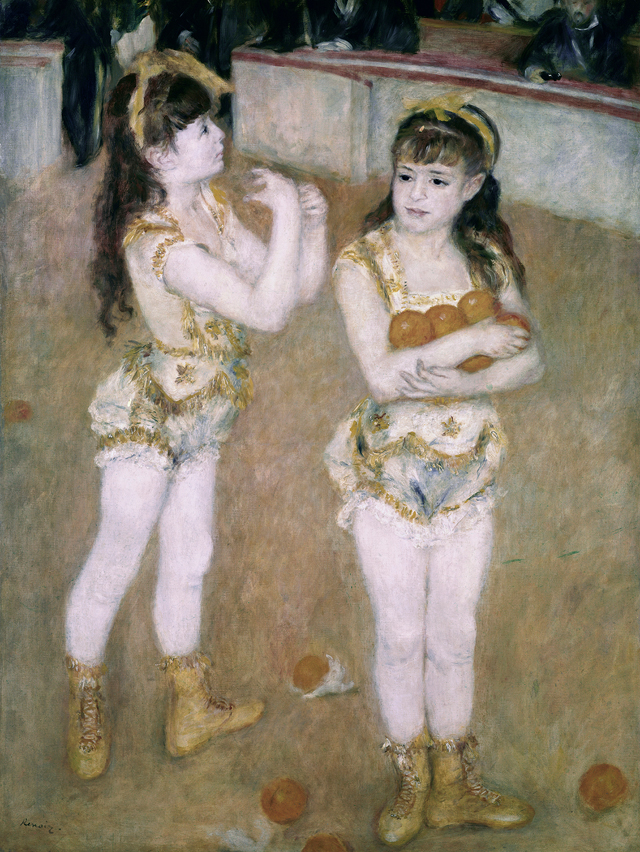
My favourite painting: Jacqueline Wilson
'I looked at this painting and decided to write about a Victorian circus girl one day'
Country Life is unlike any other magazine: the only glossy weekly on the newsstand and the only magazine that has been guest-edited by HRH The King not once, but twice. It is a celebration of modern rural life and all its diverse joys and pleasures — that was first published in Queen Victoria's Diamond Jubilee year. Our eclectic mixture of witty and informative content — from the most up-to-date property news and commentary and a coveted glimpse inside some of the UK's best houses and gardens, to gardening, the arts and interior design, written by experts in their field — still cannot be found in print or online, anywhere else.
-
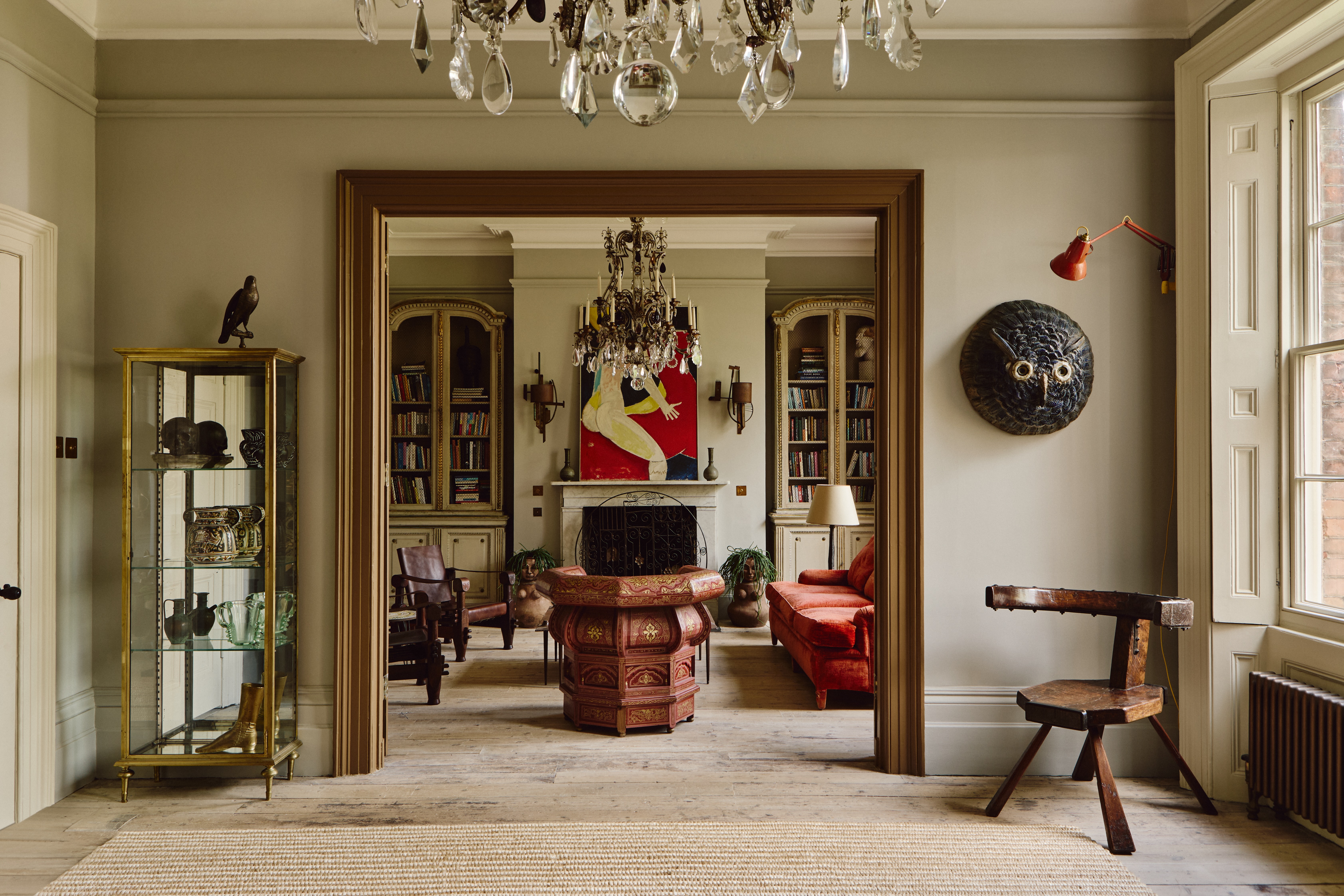 ‘It had the air of an ex-rental, and that’s putting it politely’: How an antique dealer transformed a run-down Georgian house in Chatham Dockyards
‘It had the air of an ex-rental, and that’s putting it politely’: How an antique dealer transformed a run-down Georgian house in Chatham DockyardsAn antique dealer with an eye for colour has rescued an 18th-century house from years of neglect with the help of the team at Mylands.
By Arabella Youens
-
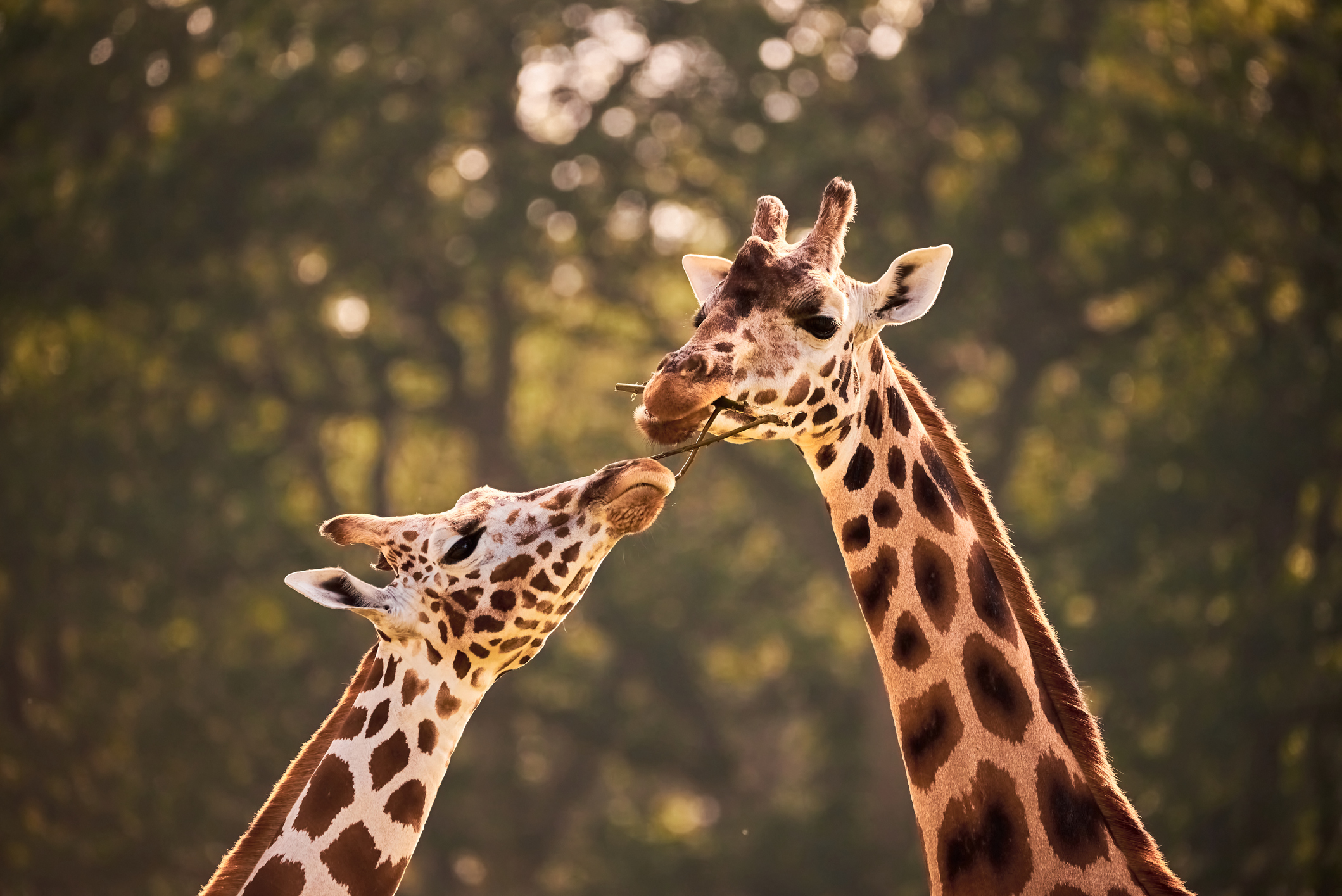 You're having a giraffe: Country Life Quiz of the Day, April 25, 2025
You're having a giraffe: Country Life Quiz of the Day, April 25, 2025Friday's Quiz of the Day brings your opera, marathons and a Spanish landmark.
By Toby Keel
-
 'As a child I wanted to snuggle up with the dogs and be part of it': Alexia Robinson chooses her favourite painting
'As a child I wanted to snuggle up with the dogs and be part of it': Alexia Robinson chooses her favourite paintingAlexia Robinson, founder of Love British Food, chooses an Edwin Landseer classic.
By Charlotte Mullins
-
 The Pre-Raphaelite painter who swapped 'willowy, nubile women' for stained glass — and created some of the best examples in Britain
The Pre-Raphaelite painter who swapped 'willowy, nubile women' for stained glass — and created some of the best examples in BritainThe painter Edward Burne-Jones turned from paint to glass for much of his career. James Hughes, director of the Victorian Society, chooses a glass masterpiece by Burne-Jones as his favourite 'painting'.
By Charlotte Mullins
-
 'I can’t look away. I’m captivated': The painter who takes years over each portrait, with the only guarantee being that it won't look like the subject
'I can’t look away. I’m captivated': The painter who takes years over each portrait, with the only guarantee being that it won't look like the subjectFor Country Life's My Favourite Painting slot, the writer Emily Howes chooses a work by a daring and challenging artist: Frank Auerbach.
By Toby Keel
-
 My Favourite Painting: Rob Houchen
My Favourite Painting: Rob HouchenThe actor Rob Houchen chooses a bold and challenging Egon Schiele work.
By Charlotte Mullins
-
 My Favourite Painting: Jeremy Clarkson
My Favourite Painting: Jeremy Clarkson'That's why this is my favourite painting. Because it invites you to imagine'
By Charlotte Mullins
-
 The chair of the National Gallery names his favourite from among the 2,300 masterpieces — and it will come as a bit of a shock
The chair of the National Gallery names his favourite from among the 2,300 masterpieces — and it will come as a bit of a shockAs the National Gallery turns 200, the chair of its board of trustees, John Booth, chooses his favourite painting.
By Toby Keel
-
 'A wonderful reminder of what the countryside could and should be': The 200-year-old watercolour of a world fast disappearing
'A wonderful reminder of what the countryside could and should be': The 200-year-old watercolour of a world fast disappearingChristopher Price of the Rare Breed Survival Trust on the bucolic beauty of The Magic Apple Tree by Samuel Palmer, which he nominates as his favourite painting.
By Charlotte Mullins
-
 My favourite painting: Andrew Graham-Dixon
My favourite painting: Andrew Graham-Dixon'Lesson Number One: it’s the pictures that baffle and tantalise you that stay in the mind forever .'
By Country Life